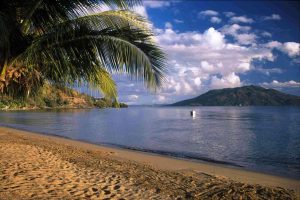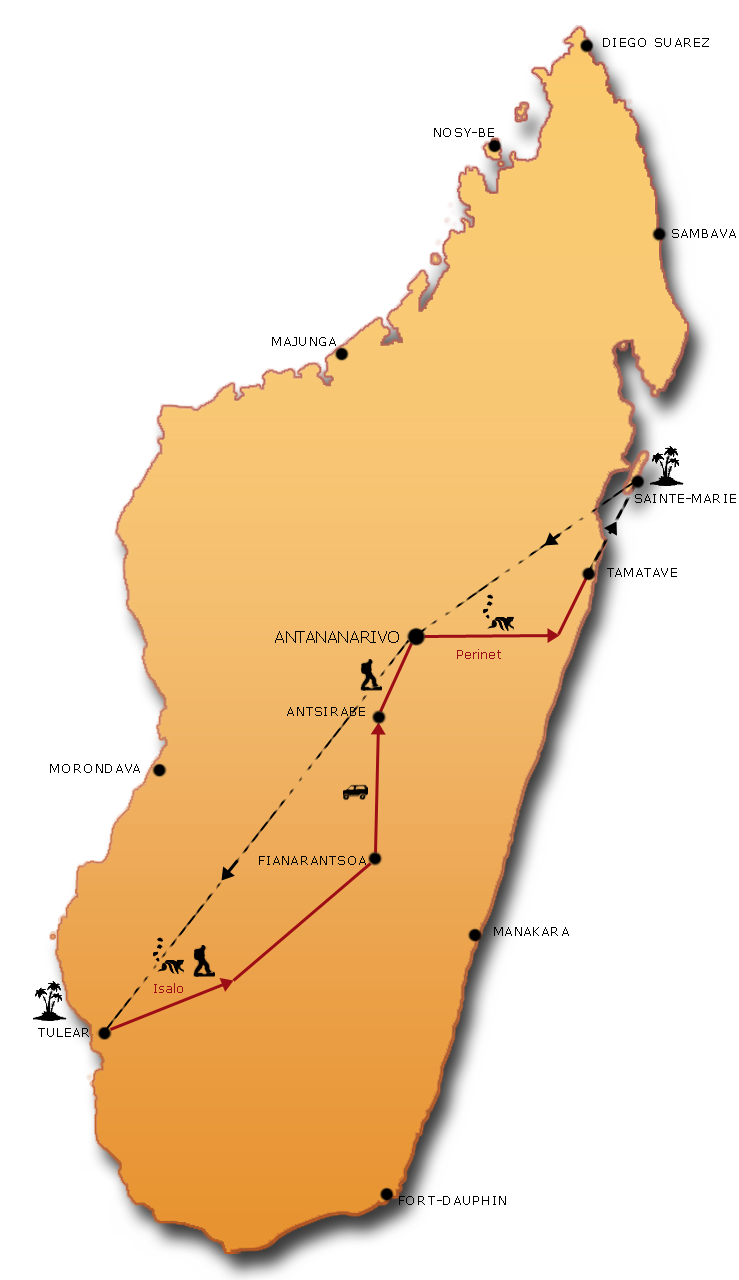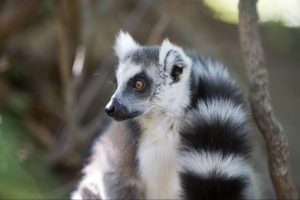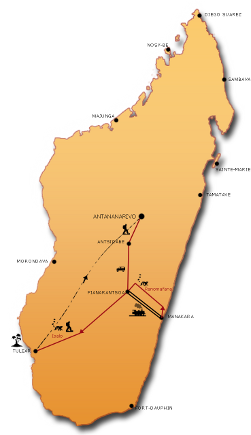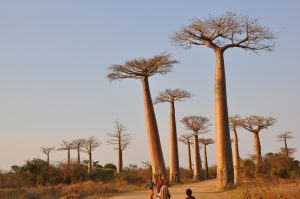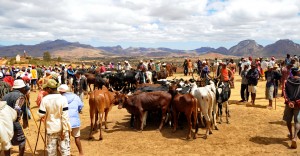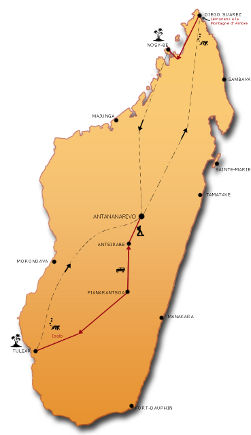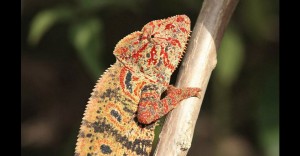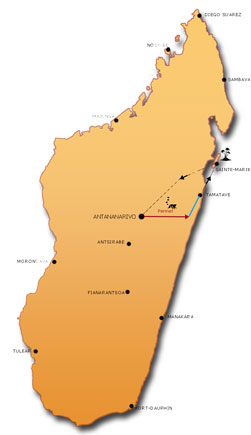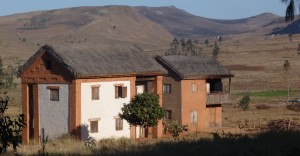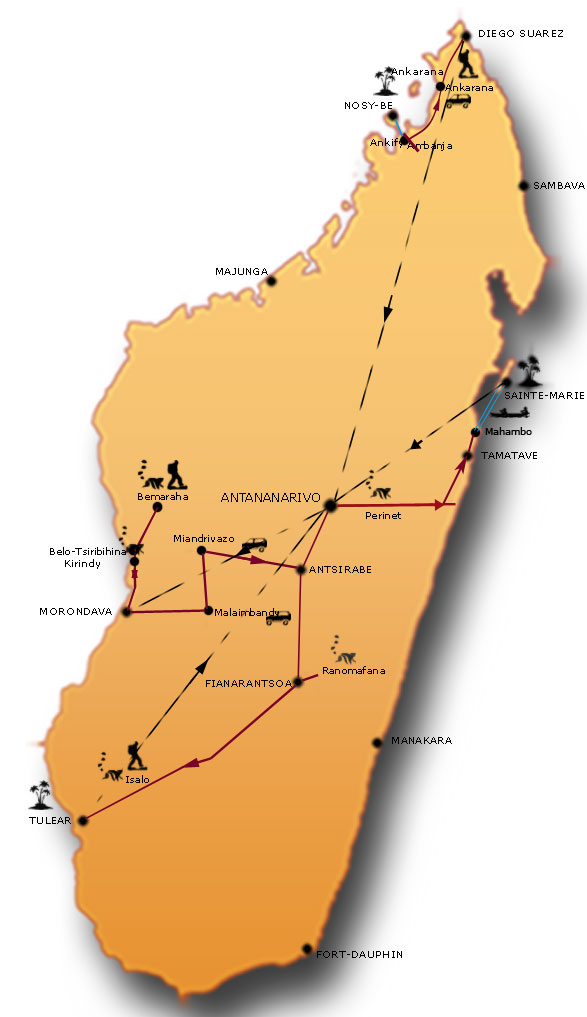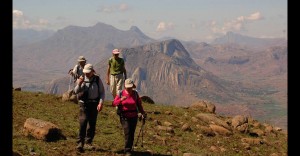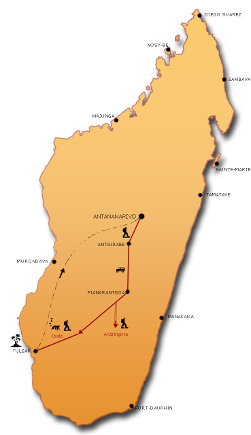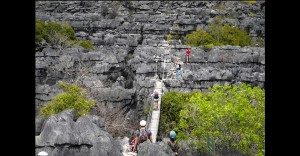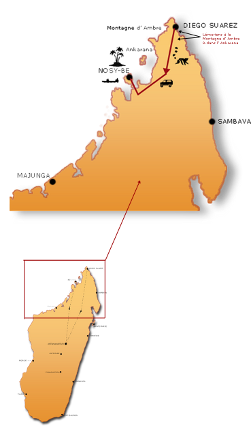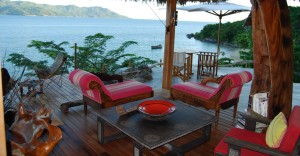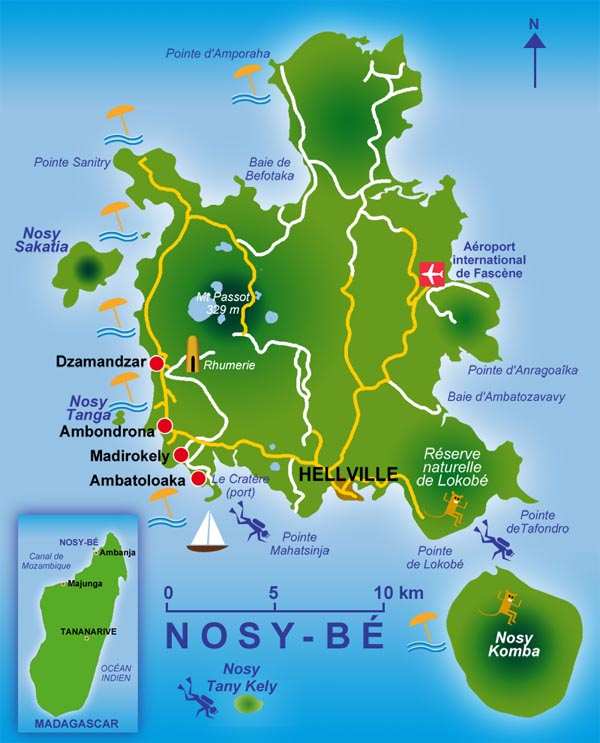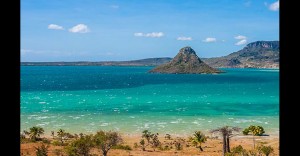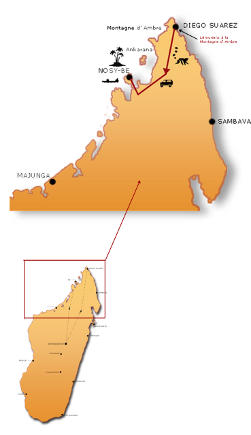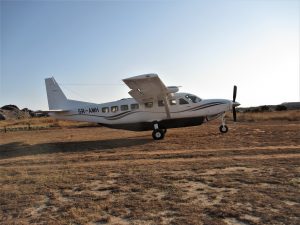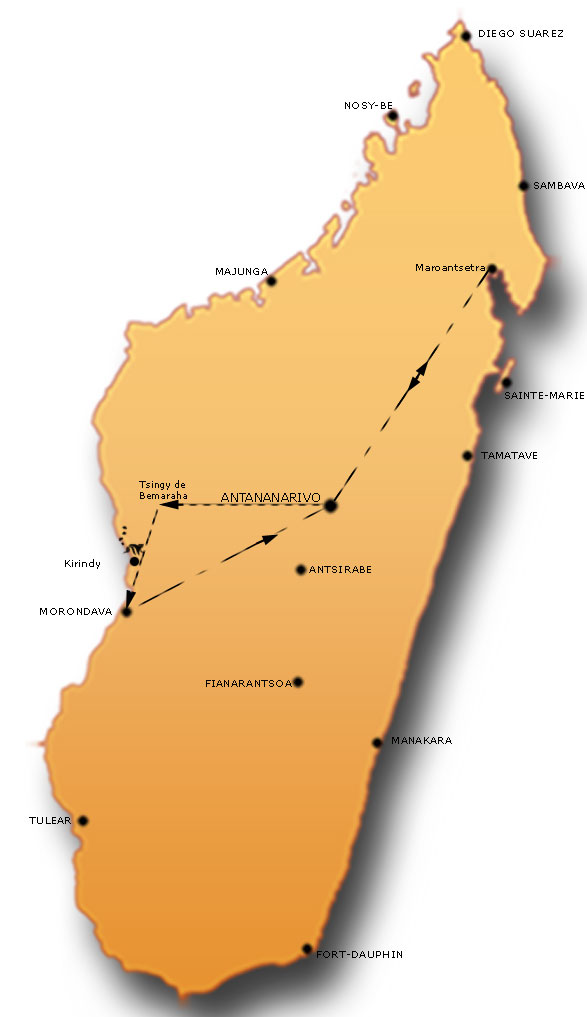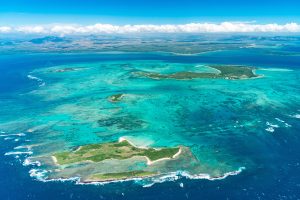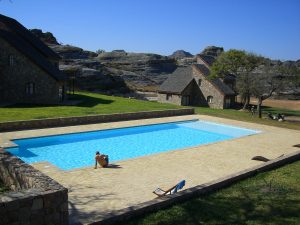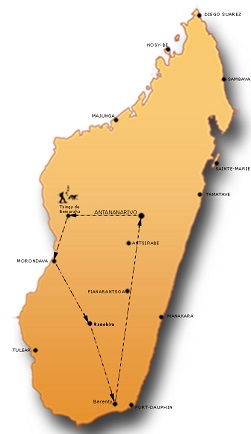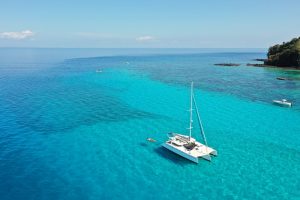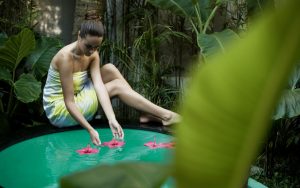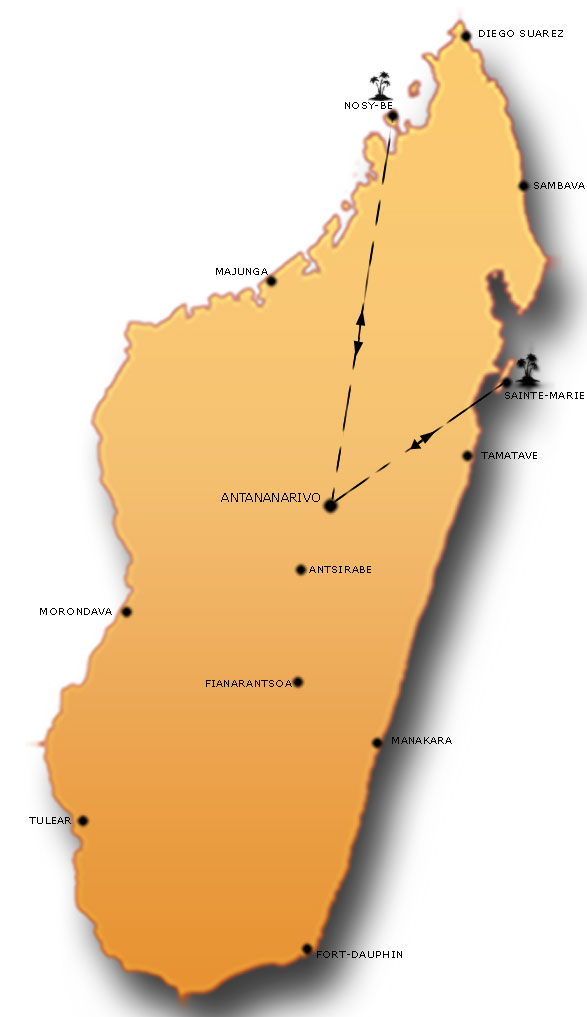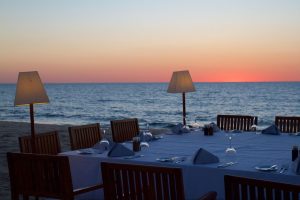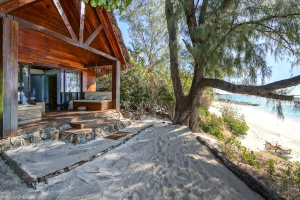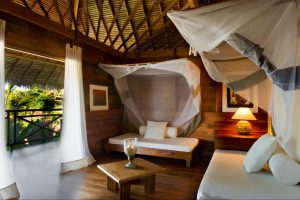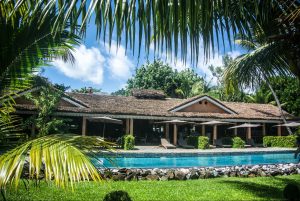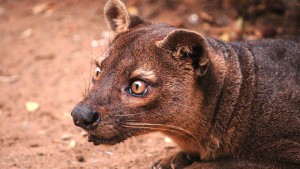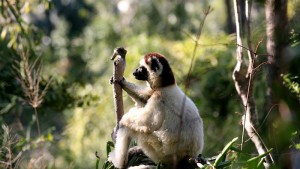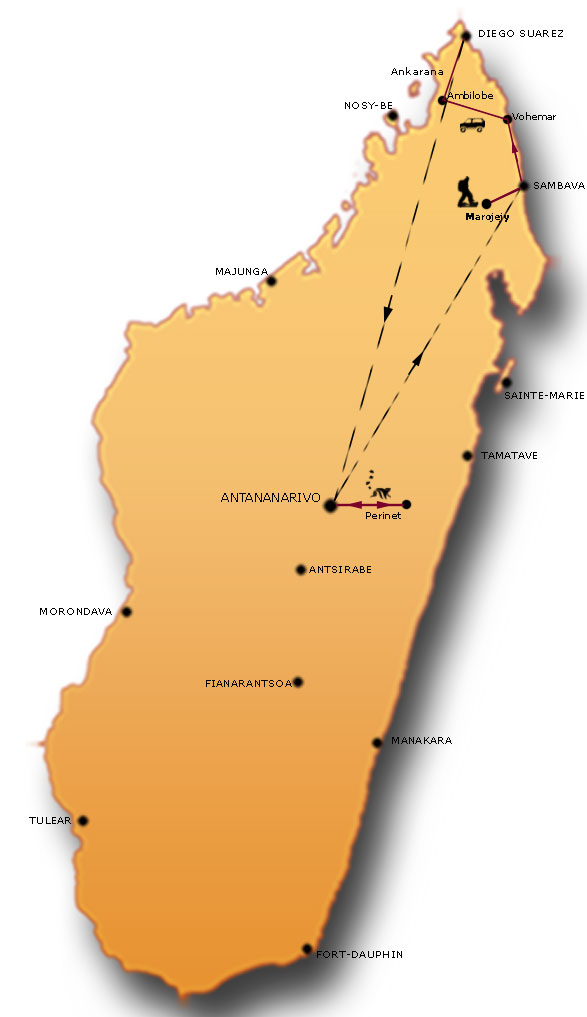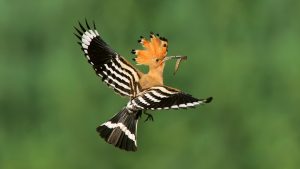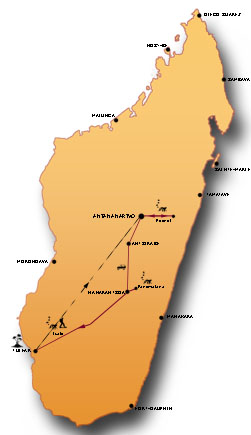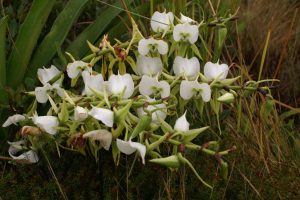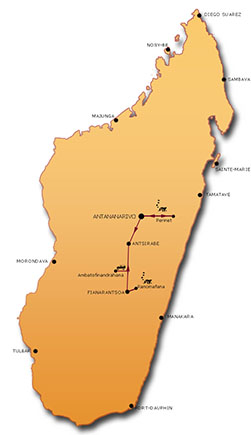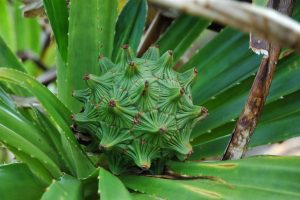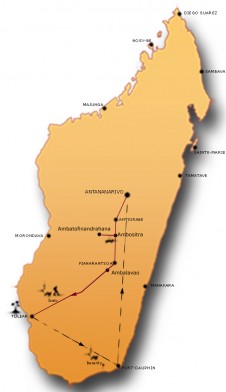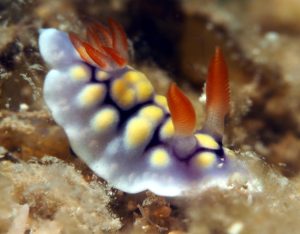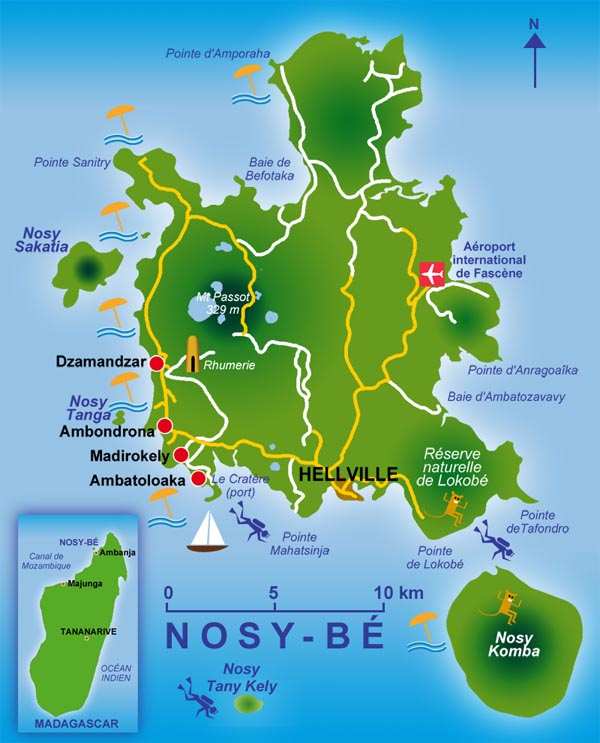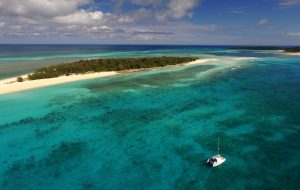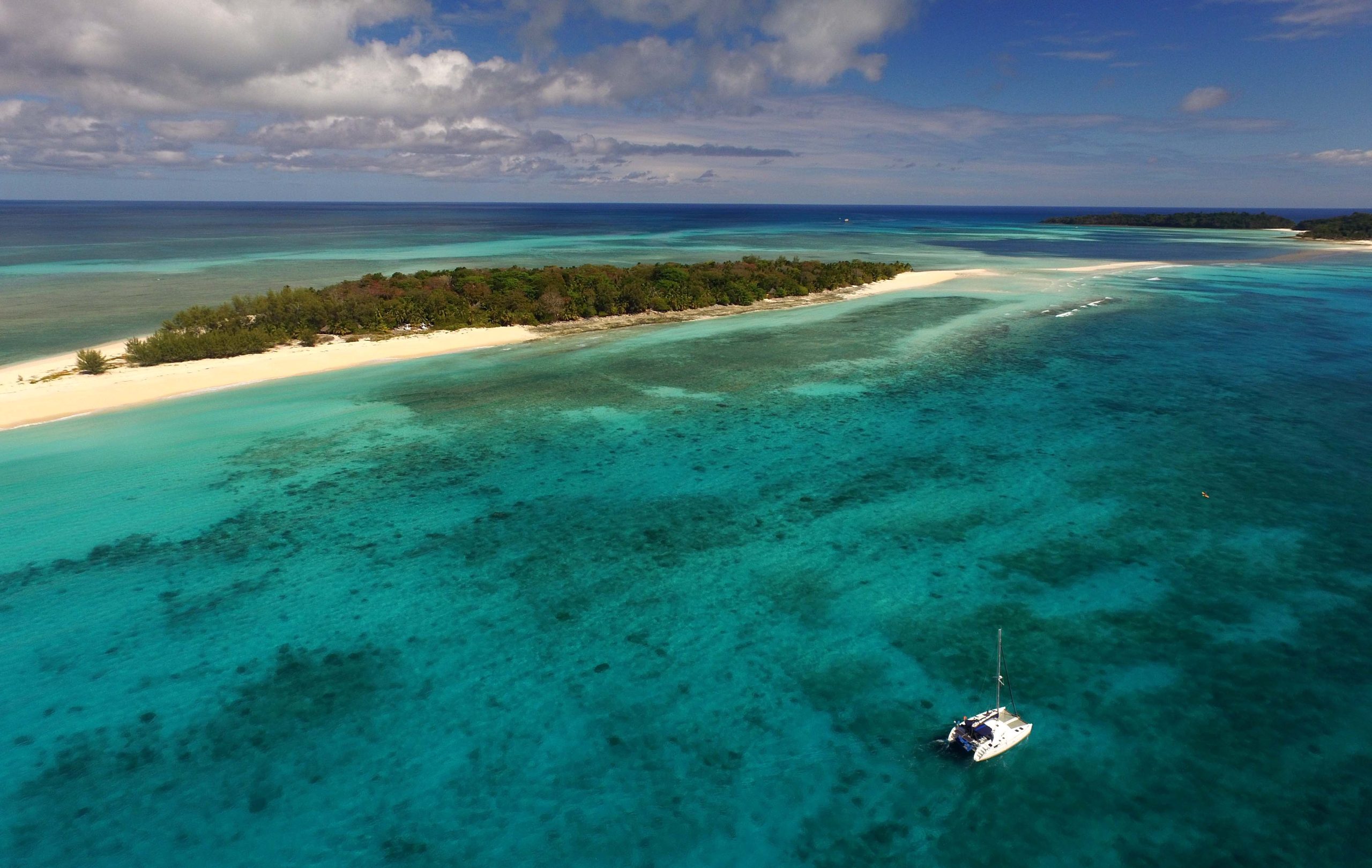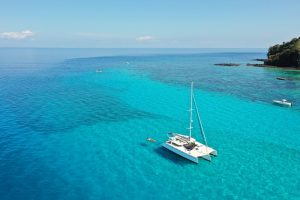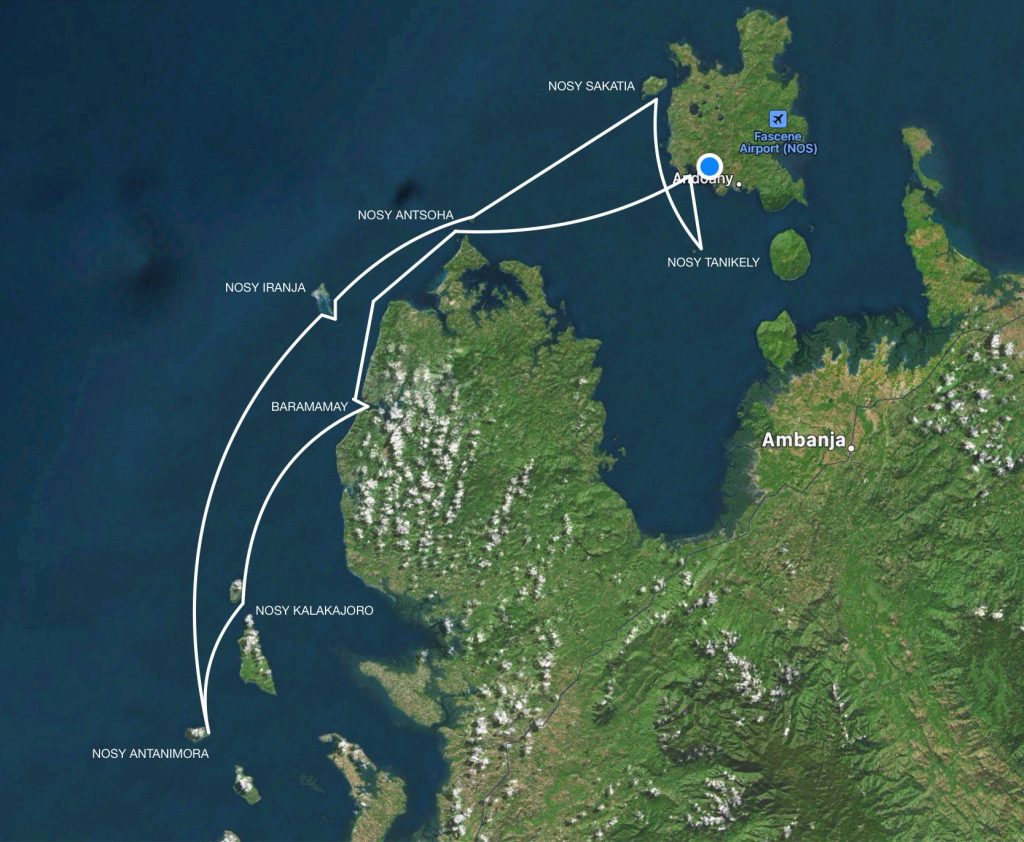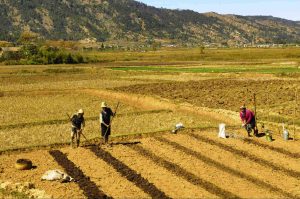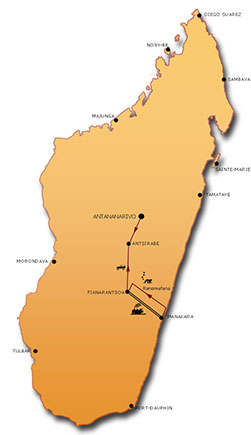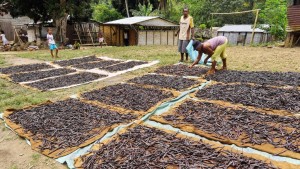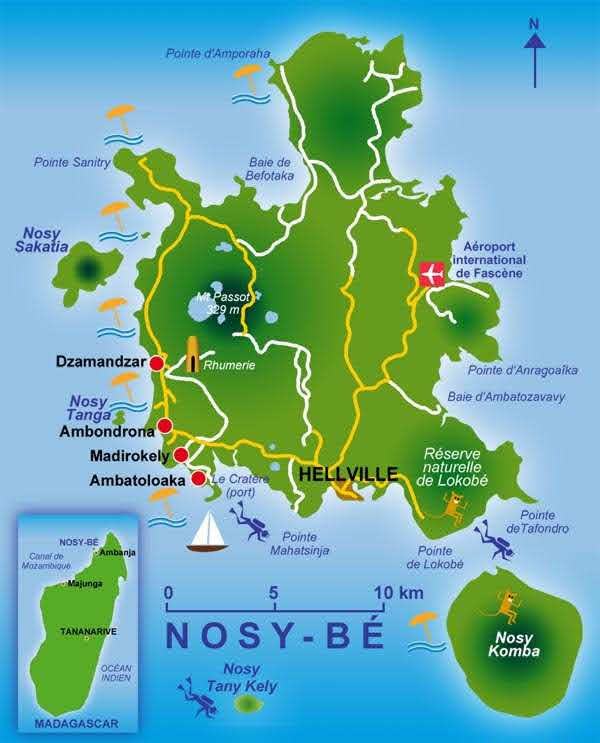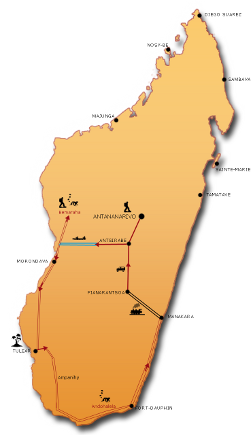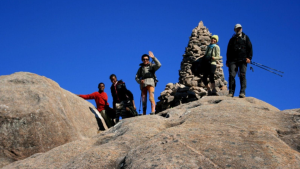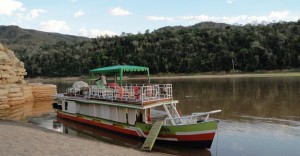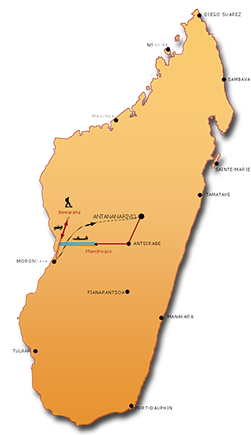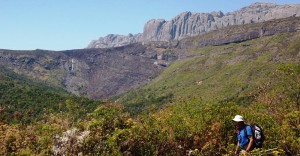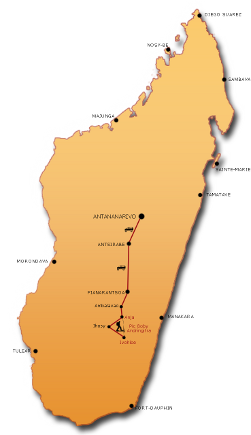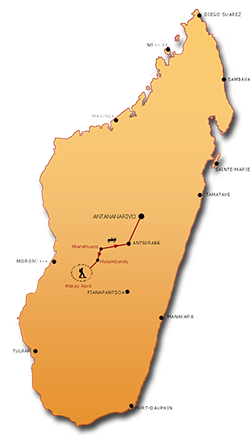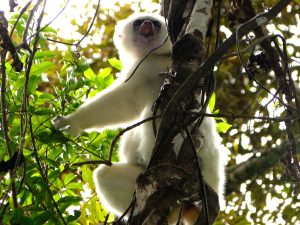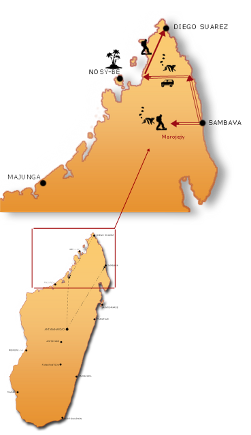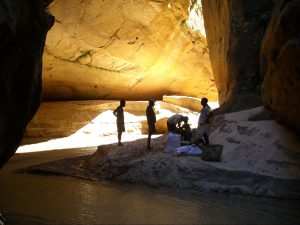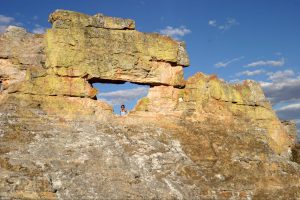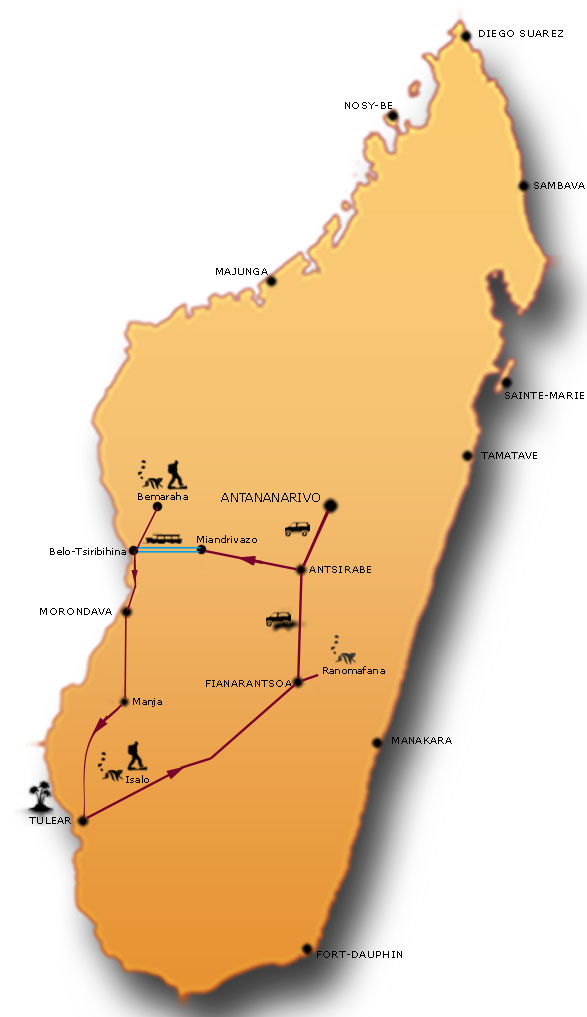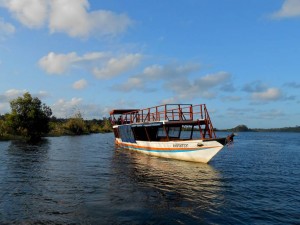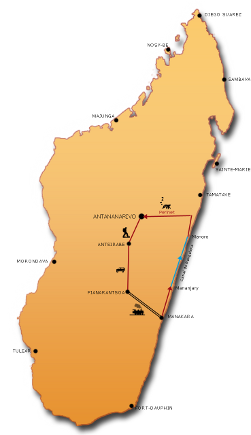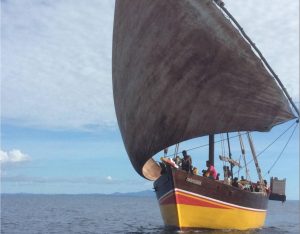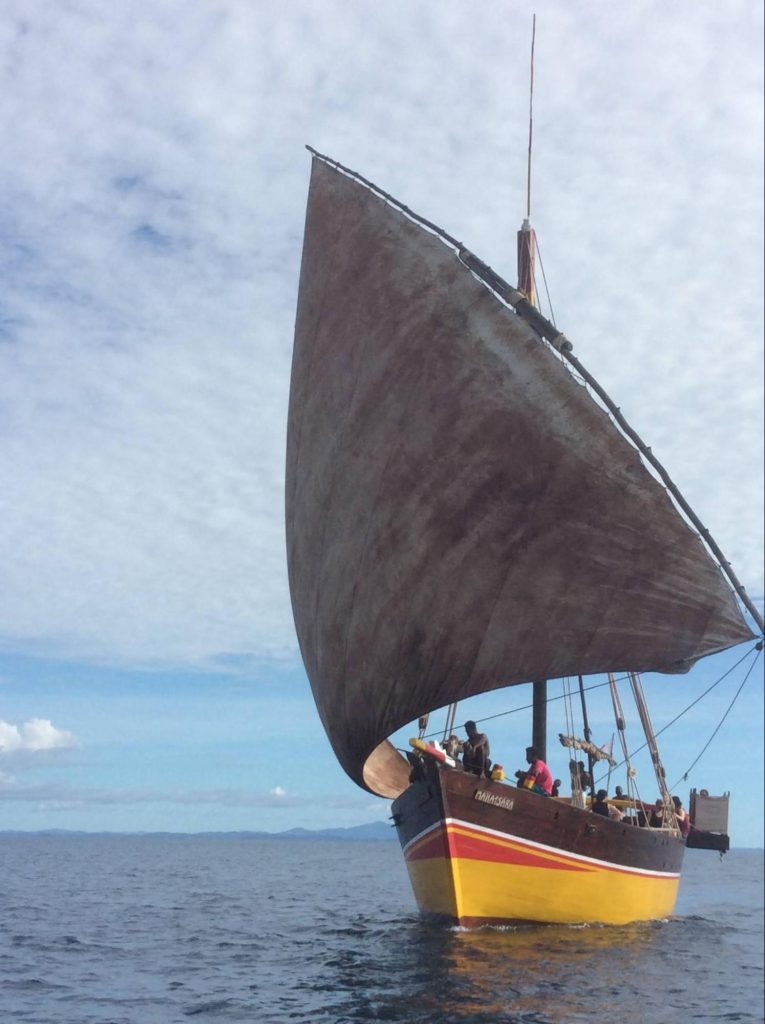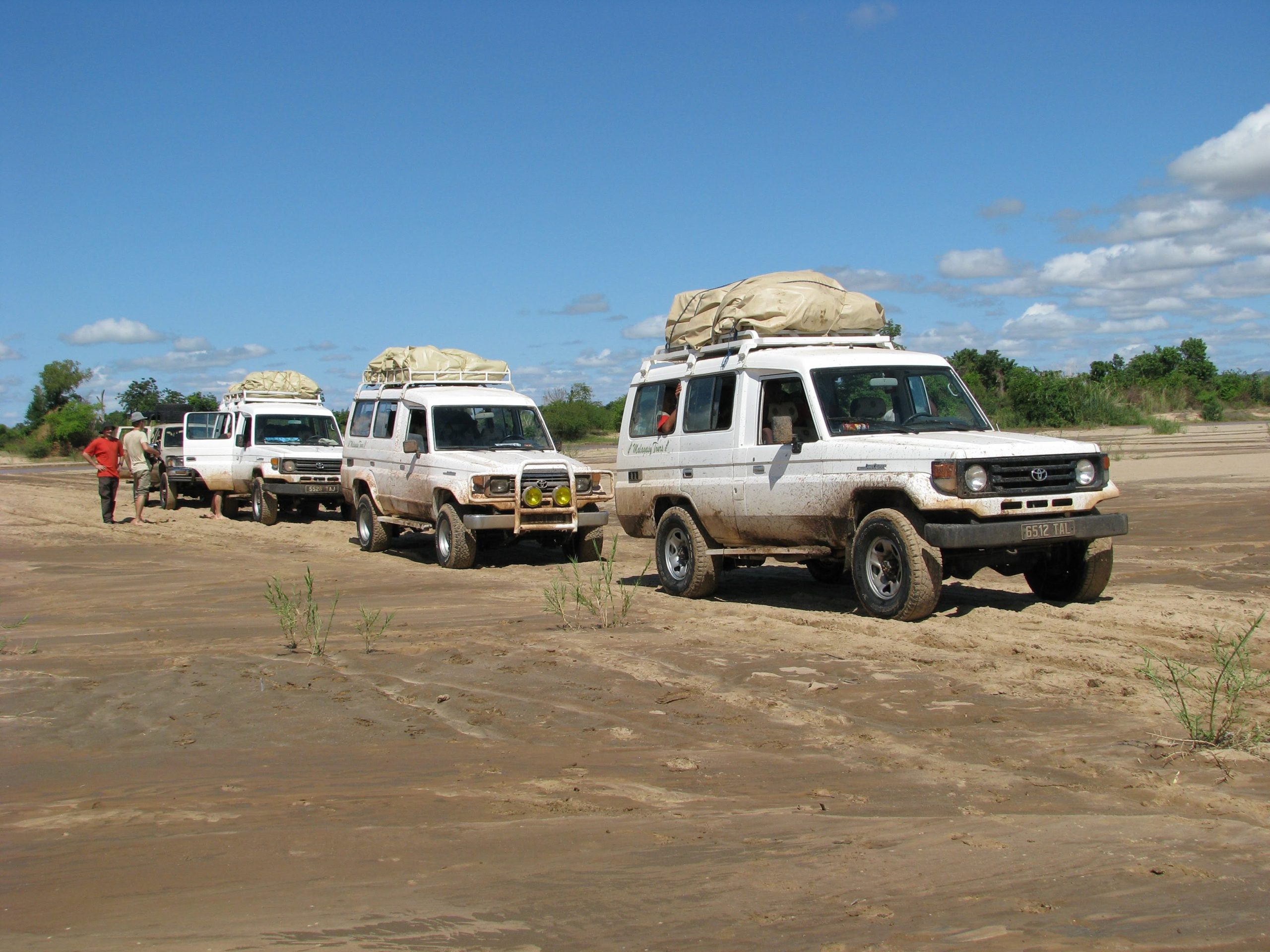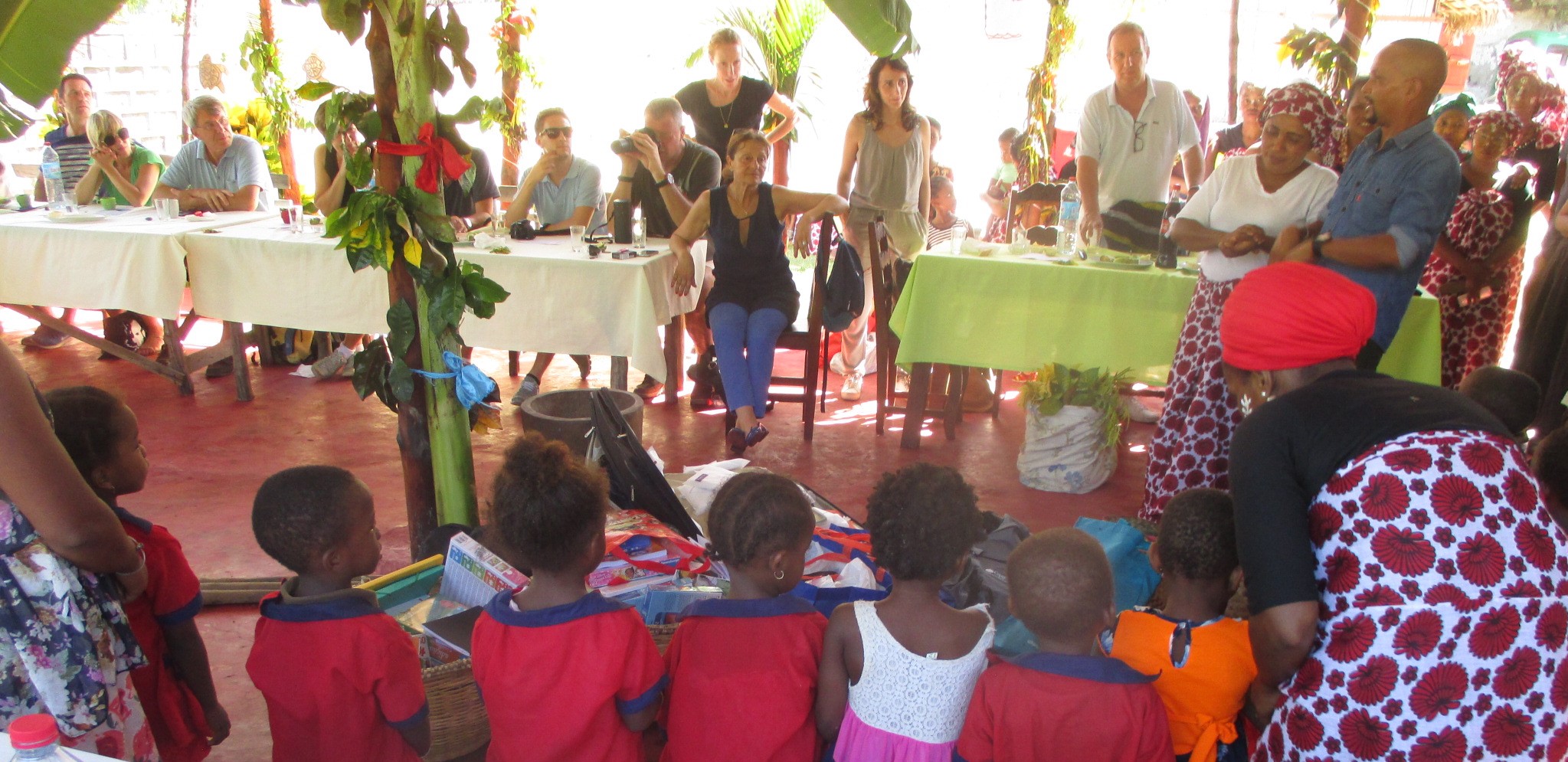 The big island holds one of the most extraordinary assemblies of botanical curiosities of the world. On the botanical plan, some facts and some figures are enough to show this wealth:
The big island holds one of the most extraordinary assemblies of botanical curiosities of the world. On the botanical plan, some facts and some figures are enough to show this wealth:
– The island possesses more than 12 000 species of plants with flowers among which more than 80 % is endemic (more than 95 % for the South and the Southwest)
– There are 174 species of palm trees among which 169 are endemic (while all gathered Africa has only 60 of it approximately!!!!). And the specialists assert that we did not discover everything.
– Madagascar possesses between 1000 and 1500 species of orchids (even there, there is more here than for the entire African continent in general) and many remain to make with the epiphytic species of the big wet dense forests which remain.
– There are 6 endemic species of baobabs in Madagascar while there is only one in Africa (that we also find in Madagascar) and one in Australia.
– Withe the genre Pachypodium, certain species look so much like some stone that in period of blooming, we would say some flowery rocks.
Madagascar possesses several plant families of its own: the cases of plant family peculiar to a single country are extremely rare in the world. Generally, the cases of endemism concern only the species and not whole families.
Certain endemic species are so rare that we know only some individuals (certain palm trees). Sometimes certain species are endemic of sites of some hectares at the most; the extreme case is the one of the grass Echinolaena madagascariensis, endemic of a site at least of 10m2.
We know the case of the orchid comet which is pollinated by a nocturnal butterfly of which the trunk is 30 cm. We know much less the case of the orchid Angraecum longicalcar, classified in critical danger of disappearance and of which the pollinating butterfly (who already disappeared) has at least a trunk of 35 to 40cm. Angraecum longicalcar can be only seen in two points of which the accumulated surface does not make 5 ha, and on which there are less than 20 individuals all in all.
The species of the genre Uncarina (typical plants from western and the southwest of the island) were scattered by the huge lemurs and birds elephants, from whom last specimen disappeared 350 years ago at least: all the species of this genre produce extraordinary bristly fruits with peduncles, provided each of three, with four sharp fishhooks which serve to hang on the fruit in the fur and the plumage of these big animals.
The best time to make botany in Madagascar is the period between late December and late March but mostly mid-January to mid-March.
The affinity of the Malagasy flora is strange:
Species as the traveller’s trees are clearly of South American affinity and are related to Heliconies. On the other hand, the two species of Malagasy Nepenthes are clearly of southern Asian and are the most western species of all the group of Nepenthes while it never had geologic connection across Indian Ocean.
For certain groups of plants, pollinators and natural scattering disappeared or are endangered.
– The vast majority of local plants, including orchids bloom during this period. It is among the orchids that more bizarre and unexpected adaptations are found: flowers for special forms, issuing various and varied odours to attract pollinators, orchids are an area of the Malagasy Botanical we cannot ignore.
And for someone who knows the botanical and which documents itself a little bit on the Big Island, coming to Madagascar without having seen orchids, it would be a bit like a Japanese tourist who would come to Paris without seeing the Eiffel Tower.
– Many plants of dry lands go out ONLY during this period: at other times of the year, the steps can be extremely long (350 to 400 km without any curiosity likely to interest a botanist).
– Between August and early December and especially in October-November, which are the driest months, there are bush fires everywhere and the air is saturated with smoke sometimes over long distances and for a naturalist, the feeling is sometimes difficult.
In conclusion, everyone sees the Didiereaceae at one time or another, but a good botanist has to see everything there is on the same path that ordinary tourists did not see.
Thank you to Jean Jacques RANDRIAMANINDRY for his prose.




